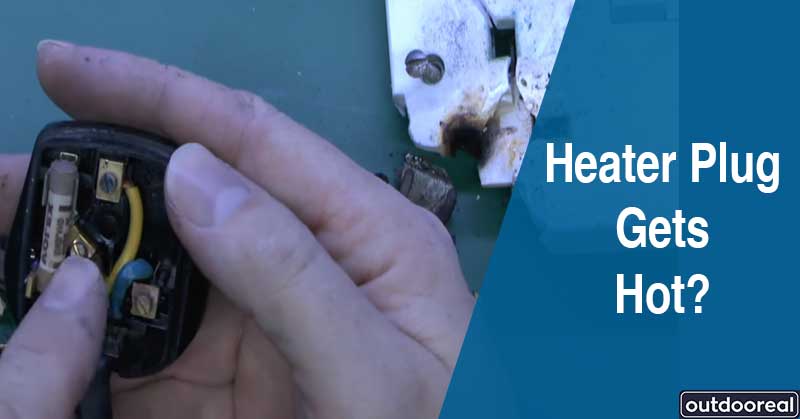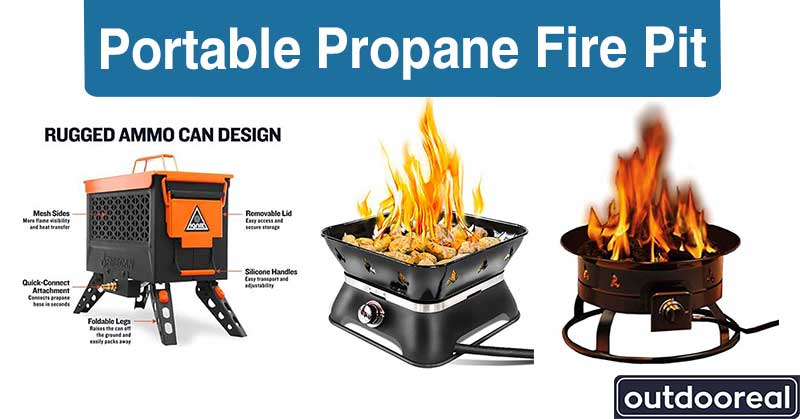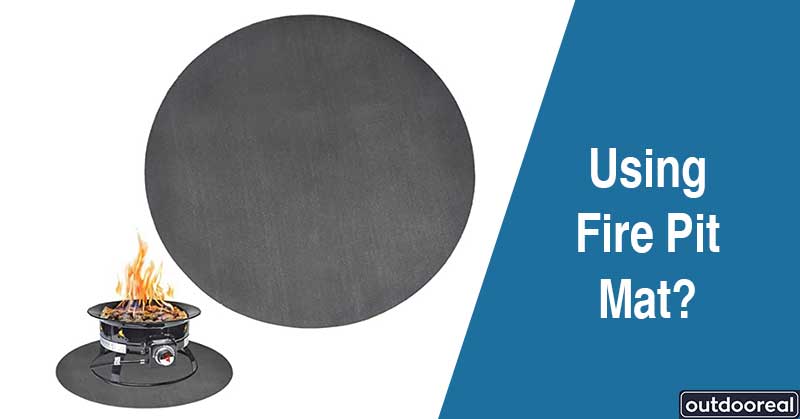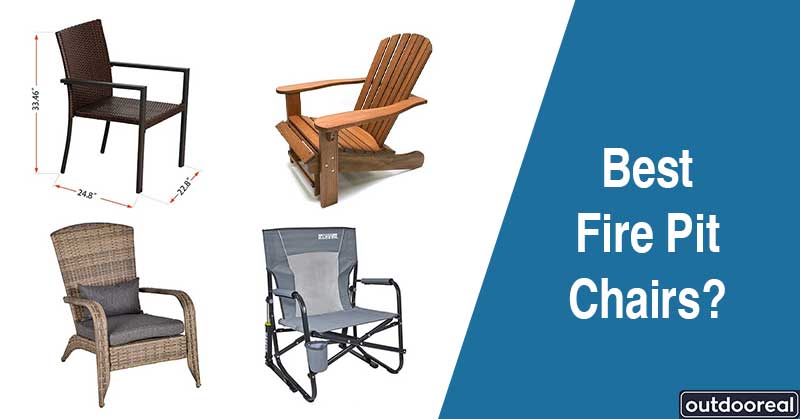Your electric patio heater’s plug might get hot due to a defective pin, loose connection, fuse problem, bad receptacle, circuit problems, or faulty wire or circuit. Usually, the increase in resistance due to a loose connection causes the plugs to get hot. This issue can be solved easily at home; we have discussed them in this article. However, if the situation is too risky or complicated, you may need to consult an electrician.

What Causes My Electric Heater Plug to Get Hot?
Electric patio heaters or space heater plugs may get hot due to damage or loose connections in different parts of the connection system. Here are the five causes for the electric heater’s plug to get hot;
Defective Pin:
If the pin is getting hot continuously, it may be rusted, corroded, with loose fuse clips, or broken from the moment you bought it. Electric patio heaters are typically equipped with designated plugs and are sometimes UL certified. If the plug the manufacturer provides is not UL certified, you should buy a UL-certified pin with the perfect volts and amperes needed for the appliance. Besides the above, you should check for rust or any crack in the plug’s body. Rusted pins will only increase resistance and help your plug to get hot.
Fuse Problems:
If fuse clips become loose, the plug’s resistance will increase, and the pin will get hot. Fuse clips are tiny clips that retain the fuse within the plug. The fuse will blow, if there is a power surge, shielding your space heater from harm. The fuse clips will heat up and cool down over time. They will become loose as a result of this.
Unsuitable Receptacle and Loose Connection Within the Socket:
If your heater requires a 240-volt outlet but uses a 120-volt receptacle accidentally, the plug’s temperature will rise. So, it’s better to know the voltage and ampere details while buying the heater. Also, the receptacle may have a few other problems if the plug is acceptable. For example, the contacts inside the receptacle are damaged or rusted, the wires inside may fray, the metal contacts are loose, etc. You can identify this problem by checking the heater in different house sockets.
Damaged, Loose, or External Wire:
If you continuously fold and twist the wire of the patio heater, the resistance and heat will increase. An extension cord shouldn’t be used with an electric heater. If necessary, only use an extension cord rated for the required amps. Additionally, the power strip or extension cord needs to be grounded.
Low Circuit Capacity:
The plug’s temperature will increase when the energy consumed by the patio heater is more than the circuit’s capacity. For example, suppose the heater has more resistance than 120 V. In that case, it will genuinely seek more electricity, and 120 V circuits with 20 A breakers will have difficulty matching the electricity amount required by your heater. Except in this case, your home’s circuit or internal electrical system may have any problem or malfunction, so if you feel that the problem is with nothing mentioned above, consult an electrician.
How Do I Check if My Connection is Loose or Not?
The metal contacts connecting with the socket plug pins can become loose. The loose connection generates heat, which increases the resistance of the link, which produces even more heat until the contacts no longer clip around the plug pins properly. You can check the in-socket loose connection in the following way;
- Turn off the circuit at the fuse or breaker before using the specific outlet.
- Use a tester to see if the outlet has power.
- Remove the outlet from the wall and look for any evidence
- You may see the metal that connects with the socket pin is slightly loose
- Or any frayed, loose wire at the terminals.
Now, to check loose clips within the plug, follow the below steps;
- Remove the plug/ pin from the receptacle
- Check for the fuse; it is generally between the pins, written “FUSE.”
- Try to take out the fuse with a flat screwdriver.
- If the fuse is very tightly fitted, then there is no problem.
- However, if the fuse comes out with a little push, the connection becomes loose.
- If the connection is loose, check the metal connectors inside. You may find some dark spots, or the metal turned dark due to heat damage.
- Change the plug or push the metals on each side to make them tighter.
How to Find Reliable Plugs?
Choosing the correct plug should be started when buying the patio heater. First, talk with your manufacturer, and ask them if the patio heater’s plug is a UL-certified product. The standard UL-certified product is UL 498 and UL 60320 in the United States. Also, it’s better to check the condition of the plug before purchasing. However, if you need help with bad plugs, you can visit any local market or check for online shops, such as Lowe’s, Walmart, etc.
To get a reliable plug-
- a) Buy the UL-certified plug.
- b) Check the volt and ampere requirements for your electric patio heater’s plug.
DIY Fix for Damaged Plugs
You can quickly fix plug problems at home, and it’s more accessible than other problems, such as receptacles or circuit problems. Here we have discussed all the possible solutions for fixing the damaged plug at your home.
DIY Fix for Corroded and Rusted Plugs
- Switch off the connection and take the plug out.
- Check the pins; if it’s corroded or rusted, scratch them with steel wools
- Now, open the “FUSE” portion to find it between pins.
- After opening, take out the fuse with a screwdriver
- Check the metal clips; if they are rusted, clean them with steel wool again.
DIY Fix for Plug With Loose Fuse Clip
- Remove the plug/ pin from the socket
- Check for the fuse; it is generally between the pins, written “FUSE.”
- Try to take out the fuse with a flat screwdriver.
- If the fuse is very tightly fitted, then there is no problem.
- However, if the fuse comes out with a little push, the connection becomes loose.
- For loose connections, check the metal connectors inside. You may find some dark spots, or the metal turned dark due to heat damage.
- Push the metal connectors to each other side with the help of a screwdriver as much as possible. Now, this should solve the problem of loose fuse clips.
For damaged plugs, like having a crack on the plug’s body or a wholly burnt or melted plug, buy a new one rather than trying to fix it at home.
What Type of Fuses is Good for Plugs?
The standardized fuse for plugs is 3A or 13 A. However, you can calculate the correct fuse for your electric patio heater by following this rule;
Power (Watts) / V (Voltage) = I (Ampere)
For example, your patio heater is a 1500 watt and Voltage 230V so you will need a 1500/230= 6.51 A fuse.
How to Futureproof My Plug from Getting Damaged?
If you worry about the plug getting damaged or harming your socket, Futureproofing can be the best option. To futureproof, all you need to do is;
- Check if the correct fuse is used; if it is loosened, tighten it by pushing the metal connectors to each other side.
- Clean your plug pins with steel wools once weekly, so no rust is formed.
- Do not twist the wire or plug while storing.
- Finally, use the plug-in-a-wall- socket with a suitable receptacle with no fault.






